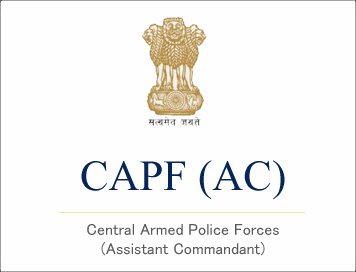Social Change in Modern Society
Social Movements
Q.Are social movements primordial in means and progressive in agenda? Explain.10 Marks/2018
Q.What is new in ‘new social movement‘? Elaborate your answer with special reference to India.20 Marks/2017
Q.Examine the role of protest movements in changing the status of Dalits in India. 10 marks/2016
Q.To what extent revolution replaces the existing order of society? Discuss. 10 marks/2016
Education System & Social change
Q.Discuss the issues of access and exclusion in higher education in India. 10 Marks/2019
Q.Schooling does not ensure upward mobility of all members of this society. Discuss with reference in class societies. 20 Marks/2018
Q."Education is a major source of social mobility in contemporary society." Explain. 20 marks/2016
Q.“Education helps in perpetuating social and economic inequalities.” Critically examine the statement. 20 marks/2015
Science and Technology
Q.Critically analyse the role of science and technology in bringing about social change.20 marks/2017
Social change in Modern Society and Development
Q.Critique A.G. Frank’s ‘development of underdevelopment’. 10 Marks/2019
Q.Feminist scholars argue that ‘New media’ is masculine and hence reinforces structural hierarchies rather than reconfiguring them. Comment. 20 Marks/2019
Q.Does collapse of functionalism and bankruptcy of Marxism coincide with the rupture of modernity? Discuss.20 Marks/2018
Q.Is the theory of cultural lag valid in present times? Discuss.10 Marks/2018
Q.Assess the role of mass media as an agent of social change.10 Marks/2017
Q.Examine any two theories of social change in detail society.20 Marks/2017
Q.“Social conflict is both a cause and a consequence of social change”. Explain.10 Marks/2016
Q."Social change can be brought about through development." Illustrate from the contemporary situation of India”. 20 marks/2016
Q.Explain the relevance of the idea of ‘cultural lag’ in understanding social change.10 Marks/2015
Q.Examine the dialectical relation between tradition and modernity in the study of social change. 20 marks/2015





